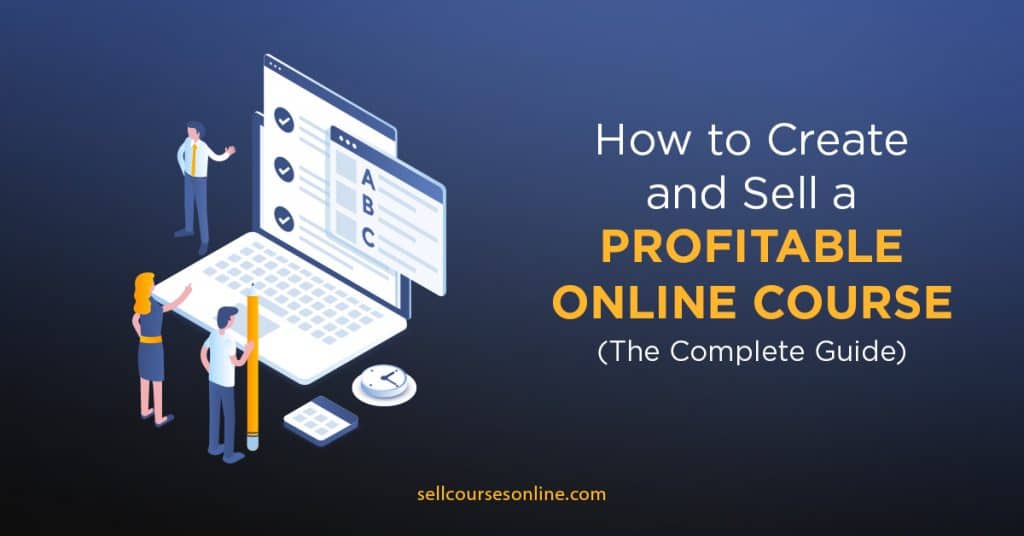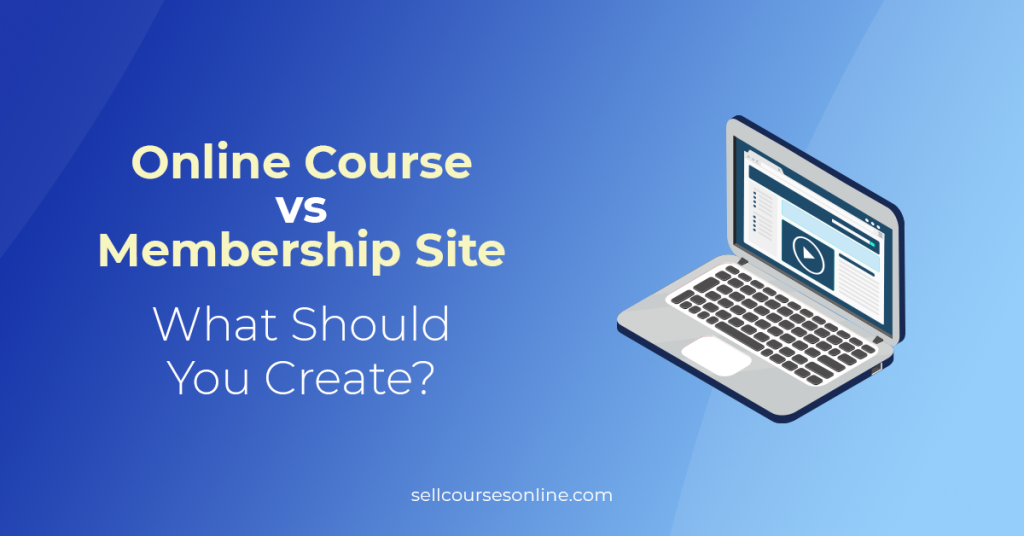As online learning continues to grow, many people have started to perceive it as a reliable alternative to in-person learning. The COVID-19 pandemic has amplified this trend, and it’s clear that the global education industry is witnessing significant changes.
What is the scope of these changes? Can eLearning replace in-person learning? And should we embrace it?
That’s precisely what we’ve set out to discover through the in-person vs online learning statistics that you’ll find in this article.
Below, we summarized 11 of the latest trends, sentiments, and engagement metrics on these two types of learning.
Are you ready? Let’s get started.
- 1. The eLearning Market Is Set to Hit $1 Trillion by 2028
- 2. In-Person Learning Still Dominates the Market
- 3. A Third of US Undergrads Are Enrolled in Distance Learning
- 4. Most Students Are Satisfied With Online Courses
- 5. 77% of Educators Believe That eLearning is Equal or Superior to In-Person Learning
- 6. Online Degrees Are Over $36K Cheaper Over Four Years
- 7. Knowledge Retention Boosts From 25% to 60%
- 8. Online Learning Takes 40% to 60% Fewer Labor Hours
- 9. Online Learning Uses 87% Less Energy
- 10. Families Still Prefer In-Person Learning
- 11. Key Challenges of Online-Only Learning
- Conclusion
- Frequently Asked Questions
1. The eLearning Market Is Set to Hit $1 Trillion by 2028
According to a study by Global Market Insights, the eLearning market is set to surpass $1 trillion in revenue by 2028, growing from $315 billion in 2021.
This represents an annual growth rate of nearly 20%, which is over four times the growth of the broader education sector.

Even though eLearning is still a small subset of the education and training industry, this tells us that long-term trends favor online learning compared to its in-person counterpart.
Moreover, this trend might further accelerate with growing internet penetration and the host of innovative tools, platforms, and services to support this segment.
2. In-Person Learning Still Dominates the Market
The online learning market may be growing, but it still makes up a small fraction of the overall education sector.
Across all levels, the global education market is set to hit $10 trillion in revenue by 2030. While eLearning will likely play a more prominent role in this in the future, it will still represent a little over 10% of the total market.

Despite its fast-paced growth, online learning still needs to catch up with in-person learning in terms of absolute added value. This will likely hold true for years, depending on how the two systems intertwine and work together.
3. A Third of US Undergrads Are Enrolled in Distance Learning
In recent years, online degrees and programs have kept gaining mainstream approval, starting with hybrid courses.
As per the latest studies, 75% of undergraduate students in the US have enrolled in at least one distance learning course, with 44% of them being enrolled almost exclusively in distance learning programs.
The number of undergraduates enrolled in at least one online course rose from 6 million in 2019 to 12 million by the fall of 2020. This represents a year-over-year growth of 97%, which was mainly propelled by the sudden stay-at-home orders during the pandemic.
A portion of these trends is expected to persist, owing to online learning’s apparent benefits for students, educators, and institutions.
4. Most Students Are Satisfied With Online Courses
Not only are students enrolling in online courses, but they’re also enjoying them.
Of the nearly 1.4 billion students affected by the overnight closure of schools, colleges, and other learning institutions, 78% remain satisfied with their online classes.
In fact, 41% of them find online learning better than traditional classrooms, and 38% find it the same.

Some reasons for this preference include the following:
- Less traveling time to or around the campus;
- Speeding up time to graduation;
- Having the opportunity to attend an institution they would otherwise not be able to attend.
5. 77% of Educators Believe That eLearning is Equal or Superior to In-Person Learning
Universities and educators aren’t that far behind, either.
Considering content delivery, student-teacher interactions, and long-term student outcomes, 77% claim that online learning is now equal to—or even better than—traditional education.
The weight of this trend is even more significant if we consider that higher education institutions and their staff traditionally tend to prefer in-person learning.
Therefore, it seems that the effects of eLearning are also slowly changing the biases and views of legacy institutions.
6. Online Degrees Are Over $36K Cheaper Over Four Years
Given the substantial improvements in efficiency and the lower overhead costs associated with online degrees, students stand to save over $36,000 when compared to in-person degrees.
This figure applies to the total cost (tuition, attendance costs, etc.) of public colleges over four years.

However, the difference in tuition costs isn’t as significant. In fact, an online degree from a public university is roughly $38,496 compared to $37,500 for the same degree in-person.
As synergy between technology, scale, and competitive forces come into play, the days of inflated college tuition across the world might be coming to an end.
With a growing acceptance of online learning, we might witness disruption in the higher-ed industry.
Beyond downloadable materials, reusable videos, and more, online learning can reach a much wider audience and is not restricted to classroom capacity or infrastructure. This makes it possible to lower costs substantially with each new student.
7. Knowledge Retention Boosts From 25% to 60%
The retention of knowledge by students has always been a core concern in the education industry.
The best teachers always devise innovative methods to attract, retain and embed knowledge in students’ minds, but online learning might help unlock a whole host of new options.
In fact, being able to take classes at their own pace and revisit lectures multiple times has increased student knowledge retention rates from 25% to 60%.
This figure can get much higher when considering enhanced visuals, personalization, and flexible scheduling.
8. Online Learning Takes 40% to 60% Fewer Labor Hours
Online learning is known for taking up anywhere from 40% to 60% fewer employee hours compared to in-person classes, which is an extension of the efficiency improvements discussed above.
Additionally, the absence of classrooms and the surrounding infrastructure can obviously help save labor hours.
All of these savings could eventually be passed on to students, resulting in an increasingly affordable system of higher education and vocational training.
9. Online Learning Uses 87% Less Energy
One of the more significant online learning vs face to face learning statistics relates to its environmental benefits.
In fact, online learning results in an estimated 87% lower energy consumption than in-person classes and 85% lower CO2 emissions.

In an age where the efficient use of energy is a global goal, this advantage is more significant than ever.
Moreover, as climate action goes mainstream and gets more attention, online learning will probably be proposed as part of the solution.
10. Families Still Prefer In-Person Learning
Despite the obvious benefits of online learning for educators, students, and institutions alike, one major stakeholder in this equation that still needs to be addressed is parents.
While most families recognize the affordability, decreased travel time, and better retention rates afforded by online education, they still think that having a “Real College Experience” is important.
In fact, its ability to develop individuals socially and emotionally has led many families to prefer in-person learning, and parents don’t seem to see online learning as a replacement for traditional classrooms going forward.
According to recent surveys, only 16% of families prefer an online-only learning mode, while 39% support a hybrid mode. In contrast, 39% of families advocate for an in-person-only program.
11. Key Challenges of Online-Only Learning
In the face of growing adoption rates, several challenges with online learning have come to light. These must be addressed before online-only college degrees, and K-12 education can become the norm.
Apart from the lack of social interaction for students, there are a number of other issues to address, including concentration problems and student collaboration difficulties.

Many of these issues are already being addressed, with various online community platforms promoting discussions and networking among students. Other platforms, instead, include audience monitoring tools to track and alert hosts regarding inattentiveness and distractions.
Conclusion
This concludes our overview of the in-person vs online learning statistics you need to know in 2024.
We live in an exciting time for online learning, with plenty of disruptive technologies rising to the forefront.
However, when there is growth, there are also growing pains. In the world of eLearning, these relate to the key challenges we outlined above.
So, for the time being, in-person learning isn’t going anywhere. Instead, it’s more likely that we’ll witness the emergence of a hybrid model where the dependence on classrooms slowly decreases.






